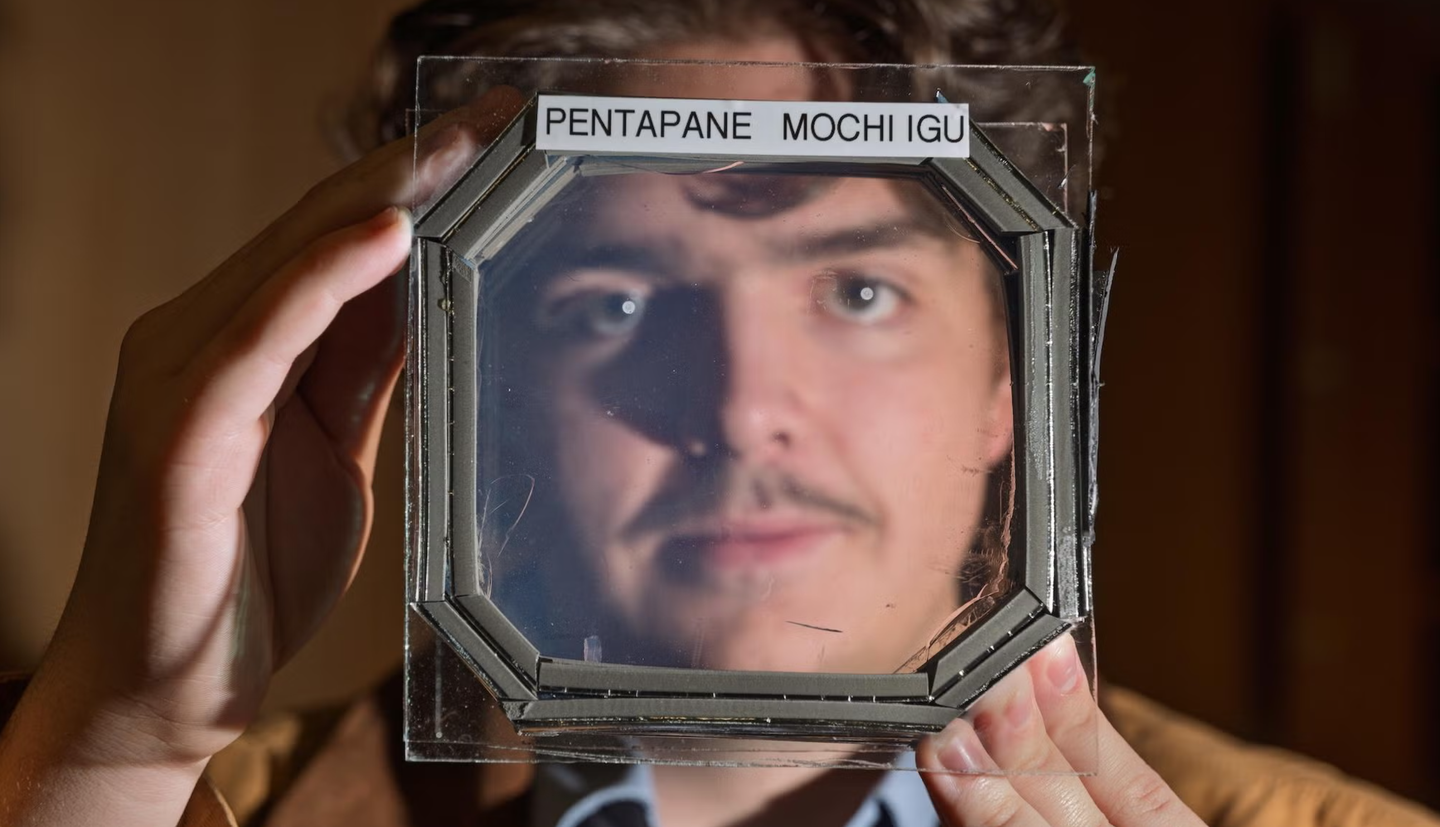Groundbreaking discovery: Moving objects with the power of the human mind
Groundbreaking research on mind-controlled metasurfaces, enabling real-time EM wave manipulation using human brainwaves

Mind-controlled metasurfaces, powered by brainwave technology, are revolutionizing material science. (CREDIT: CC BY-SA 4.0)
Metamaterials, known for their extraordinary properties, have revolutionized fields ranging from optics to electronics. These advanced materials, composed of periodic sub-wavelength structures, known as meta-atoms, enable unprecedented control over electromagnetic (EM) waves.
Their two-dimensional counterpart, metasurfaces, further expands the possibilities, offering unparalleled freedom to manipulate wave characteristics like amplitude, phase, and polarization.
While static metasurfaces have made impressive strides, their limitations are becoming apparent. Predefined functionalities and reliance on manual or passive controls restrict their adaptability and potential applications.
Researchers are now pushing the boundaries toward dynamic metasurfaces, capable of altering their behavior in real-time. By introducing active control mechanisms such as voltage biasing, optical switches, and mechanical adjustments, these metasurfaces have opened doors to innovative applications. However, even these dynamic systems often fall short of seamless adaptability and user integration.
A recent breakthrough promises to redefine the landscape of metasurface technology. A team led by Professors Shaobo Qu, Jiafu Wang, and Cheng-Wei Qiu has unveiled a framework for remotely mind-controlled metasurfaces (RMCM).
This pioneering research, published in eLight, showcases a paradigm shift in how metasurfaces interact with human input, moving beyond manual or software-driven controls to direct brainwave modulation.
The Mechanics of Mind-Controlled Metasurfaces
At the core of this innovation lies the concept of translating human brain activity into control signals for metasurfaces. The human brain generates electrical signals, or brainwaves, during cognitive processes.
Related Stories
These waves can be captured and processed to serve as commands for electronic devices. In the RMCM framework, brainwaves are recorded via a specialized sensor and transmitted wirelessly to a controller through Bluetooth.
The system comprises three primary components: a sensor, a controller, and an actuator. The sensor captures the user’s brainwave patterns, which the controller interprets as attention signals. These signals are then converted into digital sequences, dictating the behavior of the metasurface.
The actuator, a programmable metasurface embedded with PIN diodes, responds to these sequences by altering its EM wave modulation. By mapping human thought directly to metasurface function, this design eliminates the need for manual intervention, significantly enhancing response times.
Advancing Intelligent Metasurfaces
The research team demonstrated the feasibility of this concept by fabricating and testing a prototype. Using Arduino as the control unit, they devised a system where brainwave-derived signals adjusted the metasurface's scattering patterns in real-time. Tests revealed high levels of responsiveness and accuracy, showcasing the potential for wide-ranging applications.
Traditional programmable metasurfaces rely on manual reprogramming or pre-defined software adjustments to switch between functionalities. These methods, while effective, are constrained by their reliance on physical or software inputs, resulting in delayed responses and limited flexibility.
In contrast, the RMCM system leverages real-time brainwave inputs, enabling instantaneous adjustments based on the user's mental focus.
“Our design maps the thinking of the human brain into metasurface EM modulation, which effectively increases the rate of EM modulation,” the researchers noted. This leap toward intelligent metasurfaces represents a significant milestone, bridging the gap between human cognition and material functionality.
Applications and Future Directions
The implications of this technology are profound. Mind-controlled metasurfaces could revolutionize fields such as health monitoring, where adaptive sensors respond to patient needs without manual input. In telecommunications, RMCM systems may enhance 5G and 6G networks by dynamically adjusting signal pathways.
Smart sensors embedded with these metasurfaces could optimize performance in real-time, addressing challenges in environmental monitoring, autonomous vehicles, and more.
The researchers envision further enhancements through integration with intelligent algorithms. By refining the interpretation of brainwave signals and expanding functional capabilities, future metasurfaces could achieve even greater adaptability and precision. The team also highlighted the potential for multi-functional applications, enabling a single metasurface to perform diverse roles depending on the user's intent.
While the current framework relies on attention-based signals, advancements in brain-computer interface technology could unlock more complex control mechanisms. This might include distinguishing between different types of cognitive inputs or emotional states, paving the way for more nuanced interactions between humans and metasurfaces.
Despite its promise, RMCM technology faces several hurdles. Brainwave data is inherently noisy and variable, requiring sophisticated algorithms for accurate interpretation. Ensuring user comfort and accessibility during brainwave capture is another critical challenge.
The team’s current prototype addresses some of these concerns by utilizing wireless sensors and a streamlined design, but further refinements will be necessary for widespread adoption.
Additionally, integrating RMCM systems into existing infrastructures poses logistical and technical challenges. However, the potential benefits far outweigh these obstacles, as demonstrated by the significant improvements in response rates and user control achieved in this study.
The development of mind-controlled metasurfaces represents a monumental step in material science and human-machine interaction. By combining human cognition with advanced EM wave manipulation, this technology not only enhances functionality but also redefines the relationship between humans and materials.
As this research progresses, the possibilities are virtually limitless. From adaptive healthcare devices to futuristic communication networks, RMCM systems are poised to play a pivotal role in shaping the next era of technological innovation. By harnessing the power of the human mind, scientists are paving the way for materials that truly think and adapt alongside us.
Note: Materials provided above by The Brighter Side of News. Content may be edited for style and length.
Like these kind of feel good stories? Get The Brighter Side of News' newsletter.



